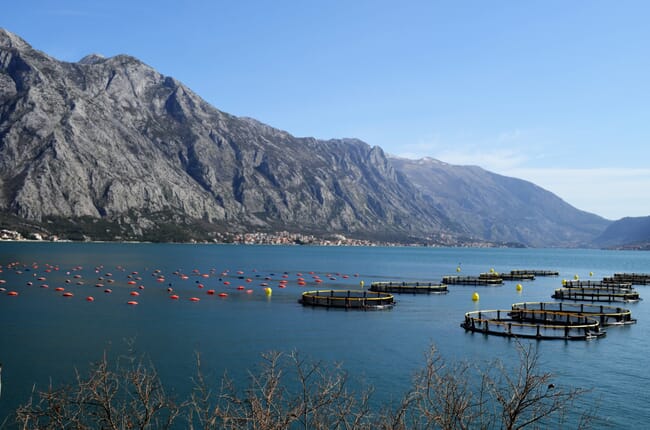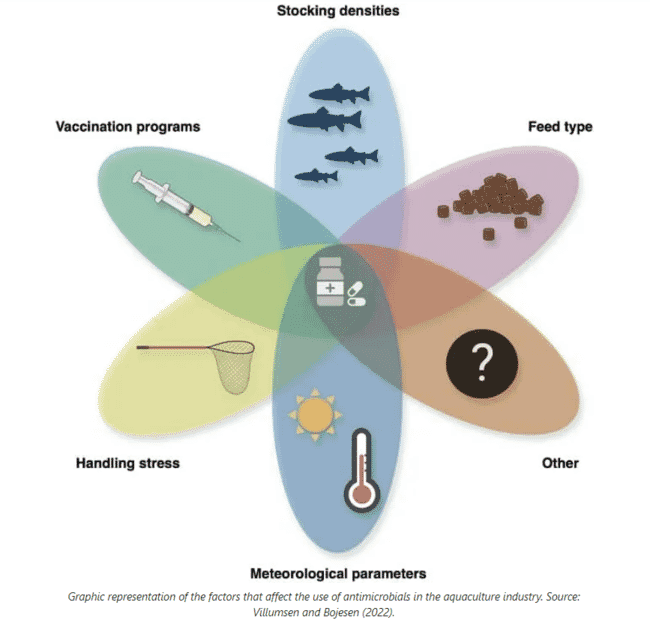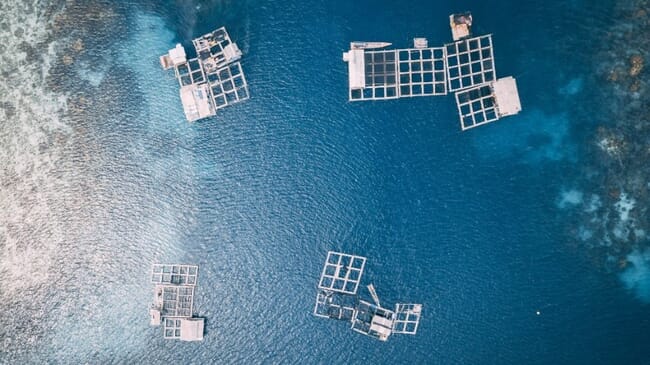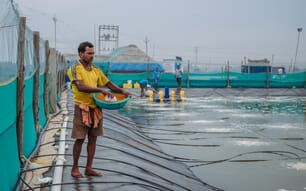
The researchers explored the role of environmental temperatures, daylight hours and seawater temperatures on the annual prescription of antimicrobials
Different research projects have suggested that meteorological conditions like elevated temperatures and increased sunlight hours are associated with infectious disease outbreaks and thus, increased prescribing and deployment of antimicrobial compounds.
To address this hypothesis, researchers at the University of Copenhagen prepared statistical models incorporating aquaculture production data from Danish aquaculture, detailed records on antimicrobial prescription from the Danish VETSTAT programme and meteorological data from 2001 to 2019 from the Danish Meteorological Institute. The researchers developed models for both terrestrial and marine production.
"We investigated the influence of the following parameters: environmental temperature, daylight hours, seawater temperature and the monthly increase in air and seawater temperature during the spring and summer months, with respect to the annual prescription of antimicrobials,” they highlighted.

The use of antimicrobials
The use of antimicrobials in the global aquaculture industry came in at 10,250 metric tonnes in 2017 and is set to increase by 33 percent by 2030. Though many aquaculture ventures use extensive vaccination programmes for their fish, antibiotic treatments are still used when addressing bacterial diseases.
"Because increased antimicrobial use is generally related to a higher prevalence of resistance, this development needs to be countered from a One Health perspective," the researchers note.
“To do so requires improvements on multiple fronts. One of them is a better understanding of how production environments affect pathogen dynamics and antimicrobial treatments now, as well as in the future."
Throughout the production cycle, the environment plays an integral role in the rearing and production of aquatic animals. When it comes to environmental conditions, temperature emerges as an important abiotic factor and changes in temperature are linked to various changes in immune function in a variety of fish species.

The researchers found that hours of summer sunlight have a significant influence on the use of antimicrobials © Hanson Lu
The role of sunlight
The researchers evaluated data from available public repositories and considered the nature and potential interconnectivity between variables. They noted strong correlations across different environmental variables.
"For both forms of production, the models identify that the hours of summer sunlight have a significant influence on the use of antimicrobials," they report.
Likewise, summer sunlight, spring sunlight and water temperature were integral parameters, although not statistically significant, when modelling antimicrobial use in marine production. The researchers were quick to note that the extent and severity of disease outbreaks that require antimicrobial treatment in aquaculture can be caused be a combination of several factors – the presence of a single variable would not necessarily be causal.
The results of the modelling approaches for land and marine production showed that models based on meteorological parameters, together with total annual yields, were successfully linked to annual antimicrobial use.
"Although the wide availability and accuracy of relevant data are associated with Danish production, we believe that the results allow more general conclusions about the influence of meteorological parameters on outbreaks of bacterial pathogens in international aquaculture," they conclude.
The researchers believe the study results could have a substantial impact on prophylactic strategies, fish farming and understanding of how rising temperatures may affect future antimicrobial use in the global aquaculture industry.




